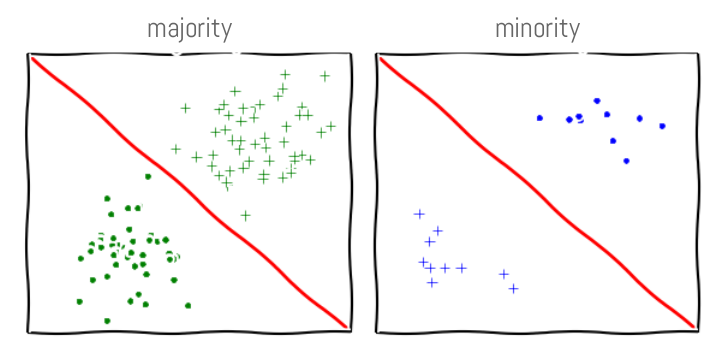Bernard Marr at Linkedin Pulse: “…The moves by companies and governments to put large amounts of information into the public domain have made large volumes of data accessible to everyone….here’s my rundown of some of the best free big data sources available today.
Data.gov
The US Government pledged last year to make all government data available freely online. This site is the first stage and acts as a portal to all sorts of amazing information on everything from climate to crime. To check it out, click here.
US Census Bureau
A wealth of information on the lives of US citizens covering population data, geographic data and education. To check it out, click here. To check it out, click here.
European Union Open Data Portal
As the above, but based on data from European Union institutions. To check it out, click here.
Data.gov.uk
Data from the UK Government, including the British National Bibliography – metadata on all UK books and publications since 1950. To check it out, click here.
The CIA World Factbook
Information on history, population, economy, government, infrastructure and military of 267 countries. To check it out, click here.
Healthdata.gov
125 years of US healthcare data including claim-level Medicare data, epidemiology and population statistics. To check it out, click here.
NHS Health and Social Care Information Centre
Health data sets from the UK National Health Service. To check it out, click here.
Amazon Web Services public datasets
Huge resource of public data, including the 1000 Genome Project, an attempt to build the most comprehensive database of human genetic information and NASA’s database of satellite imagery of Earth. To check it out, click here.
Facebook Graph
Although much of the information on users’ Facebook profile is private, a lot isn’t – Facebook provide the Graph API as a way of querying the huge amount of information that its users are happy to share with the world (or can’t hide because they haven’t worked out how the privacy settings work). To check it out, click here.
Gapminder
Compilation of data from sources including the World Health Organization and World Bank covering economic, medical and social statistics from around the world. To check it out, click here.
Google Trends
Statistics on search volume (as a proportion of total search) for any given term, since 2004. To check it out, click here.
Google Finance
40 years’ worth of stock market data, updated in real time. To check it out, click here.
Google Books Ngrams
Search and analyze the full text of any of the millions of books digitised as part of the Google Books project. To check it out, click here.
National Climatic Data Center
Huge collection of environmental, meteorological and climate data sets from the US National Climatic Data Center. The world’s largest archive of weather data. To check it out, click here.
DBPedia
Wikipedia is comprised of millions of pieces of data, structured and unstructured on every subject under the sun. DBPedia is an ambitious project to catalogue and create a public, freely distributable database allowing anyone to analyze this data. To check it out, click here.
Topsy
Free, comprehensive social media data is hard to come by – after all their data is what generates profits for the big players (Facebook, Twitter etc) so they don’t want to give it away. However Topsy provides a searchable database of public tweets going back to 2006 as well as several tools to analyze the conversations. To check it out, click here.
Likebutton
Mines Facebook’s public data – globally and from your own network – to give an overview of what people “Like” at the moment. To check it out, click here.
New York Times
Searchable, indexed archive of news articles going back to 1851. To check it out, click here.
Freebase
A community-compiled database of structured data about people, places and things, with over 45 million entries. To check it out, click here.
Million Song Data Set
Metadata on over a million songs and pieces of music. Part of Amazon Web Services. To check it out, click here.”
See also Bernard Marr‘s blog at Big Data Guru


